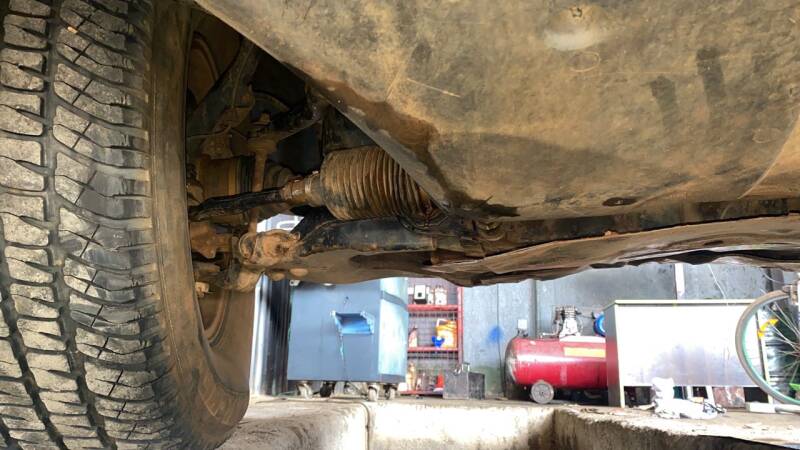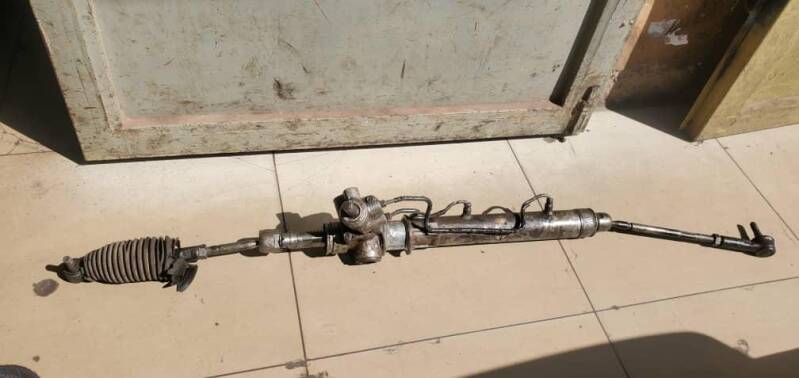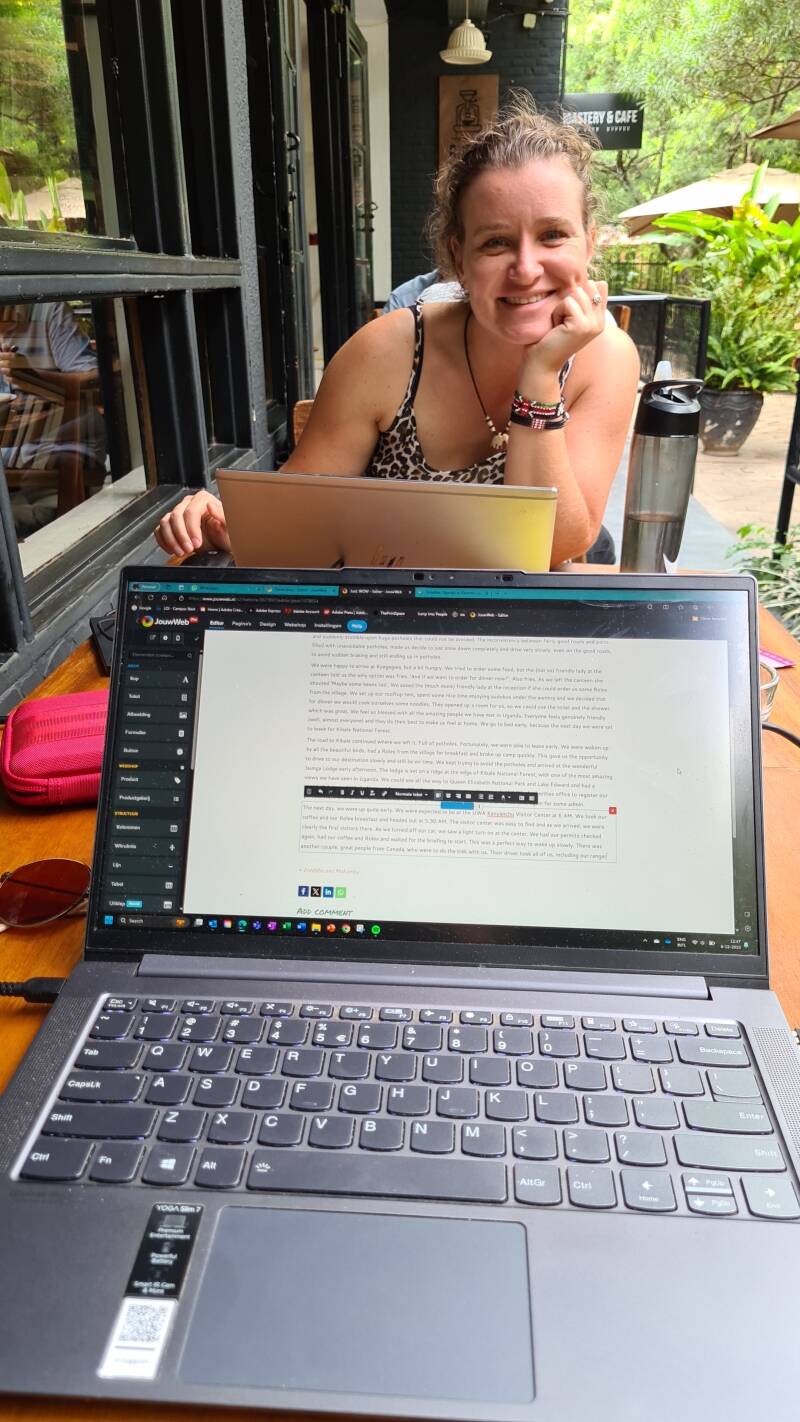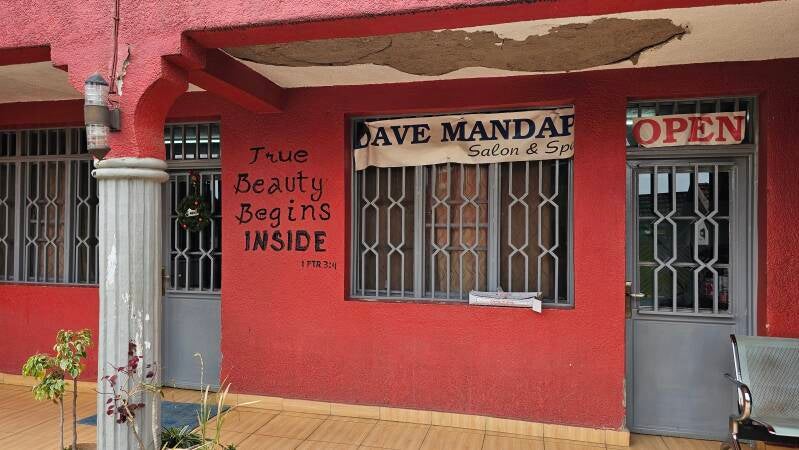Our time in Kigali felt a bit strange. We alternated some very nice moments with some very emotional moments. We asked a Dutch friend who has lived in Kigali and who owns a car for his mechanic contact, since we wanted to give our car a well-deserved car spa. We also had some nice dinners with great people (including said Dutchman), but we also dived into the dark recent history of Rwanda.
Rwanda is known mainly for a terrible reason. In 1994, the Hutu majority in the country executed an elaborate massacre of the minority Tutsi people and moderate Hutus. In decennia before the act, a lot of hate grew due to political propaganda, which erupted in 100 days of chaos in 1994. Since those days, Rwanda has made a remarkable recovery and is a quickly growing economy. Violence and crime has decreased enormously and it is now one of the safest countries in Africa. We used our time in Kigali to visit the genocide memorial, to learn more about this tragic eruption of violence and to understand better how current leadership has turned the country around.
The genocide memorial is a very well orchestrated museum. It clearly shows how the people of Rwanda, who lived together peacefully for centuries, have been turned on each other over the span of several decades. Unfortunately, it is also very clear how the western world and colonial occupation has played a pivotal role in this process. The elaborate information panels in the museum clearly showed how the Belgian colonists created differences between Rwandans by using questionable features like skin color and nose size to determine who were Tutsi and who were Hutu, with the main goal to create a divide between the local people, just like colonizers all across Africa have done in other countries.
Just like everywhere else in Africa, the colonial 'government' appointed the minority they created (the Tutsi) as leading people by saying they were 'superior'. A division was created and a snowball effect started, that grew over decades and reached its peak in 1994. The exhibitions were very explicit and shocked us a lot. Especially the room dedicated to portraits of some children who died during the genocide in horrible ways, including a few babies as old as six months. As a viewing tip about what happened in Rwanda, we would like to recommend the movie Hotel Rwanda. It will not be a 'happy viewing', but it is a great way to see how people would have felt during those times in a movie that is based on a true story. We watched the movie after our visit to the memorial and we grew silent and sad again.
One of the strengths of the museum is a part where it shows other types of genocides, including the Nazi genocide of the Jewish people and the German genocides in Namibia in the early 20th century. Also more current genocides like the genocide in Srebrenica and the Cambodian genocide were given attention, to show that these are not incidents, but actions of all places and all times. What shocked us the most, is knowing that such atrocities are also being committed today, after most people have said 'never again', and the world is standing by. Just like in 1994, people look away and the victims are left in desperation. For us, it was a wake up call to be more outspoken about the things going on today.
Another shocking panel is one showing the scale of violence, with the question being 'Where on the scale is your society?'. Knowing that in many parts of the world, including in our own country, many populist parties, who create division and blame minorities such as immigrants, gain significant popularity, we should do everything in our power to stand up to this unjust behavior to make sure this trend turns around before it can turn worse.


During our time at the memorial, our car was hopefully having a better time at the spa. The garage we brought it to looked quite similar to the one we usually use in Nairobi. The mechanic checked underneath with Jeroen and unfortunately saw a leak and a broken bush. Upon closer inspection, the best way forward was to replace the steering gear. At least, that is what we were told. A bit more work than we had hoped. After the work, the steering wheel was straight again (when driving straight forward, the steering wheel was more and more skewed to the right, which might have been an earlier indication to have some work done on the steering system). Whether the car was fixed now, would be something we might learn later...


The rest of our time in Kigali was spent with walking outside and doing some admin again. Walking outside might not seem like a big deal to most people, but in Kenya and especially in Nairobi we are not used to having a leisurely casual stroll in the city. Almost all streets have pavements and we feel much less of an attraction than in Nairobi. We see many police officers, but none of them stop us. They seem to actually be there to make the streets safer, instead of unsafe (unlike in other countries). We can really get used to this. Jeroen got a quick haircut and off we went to our first adventure in Rwanda!


Add comment
Comments